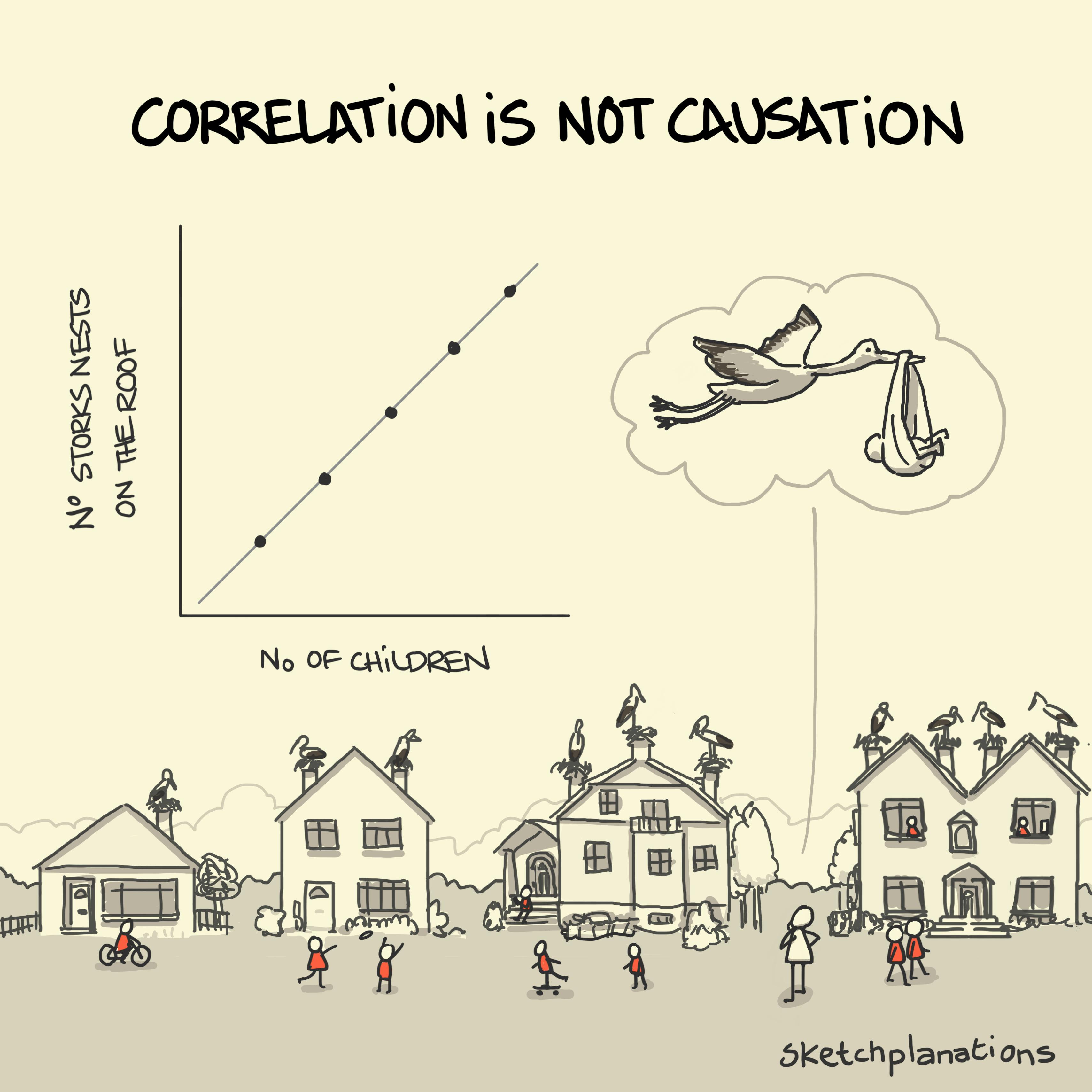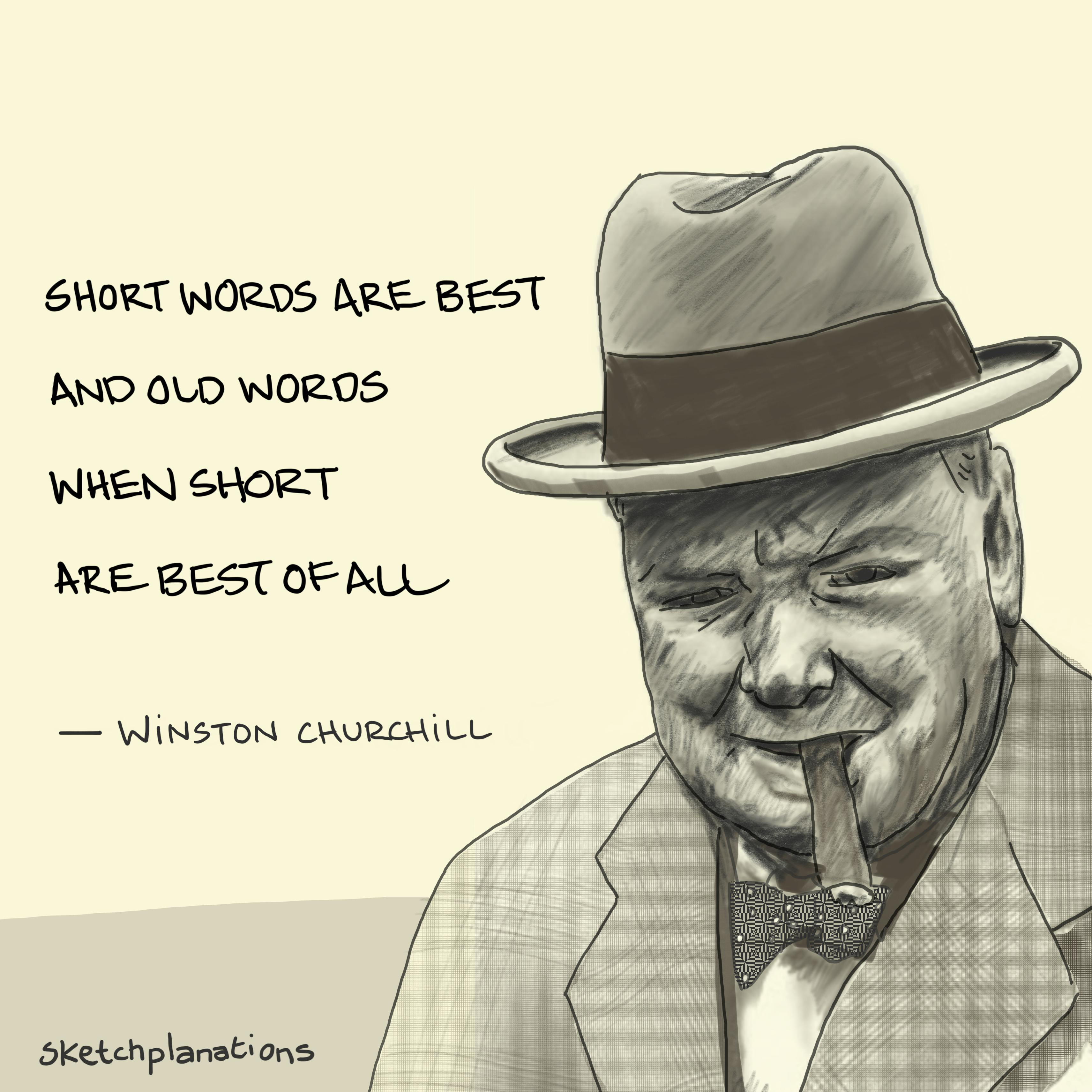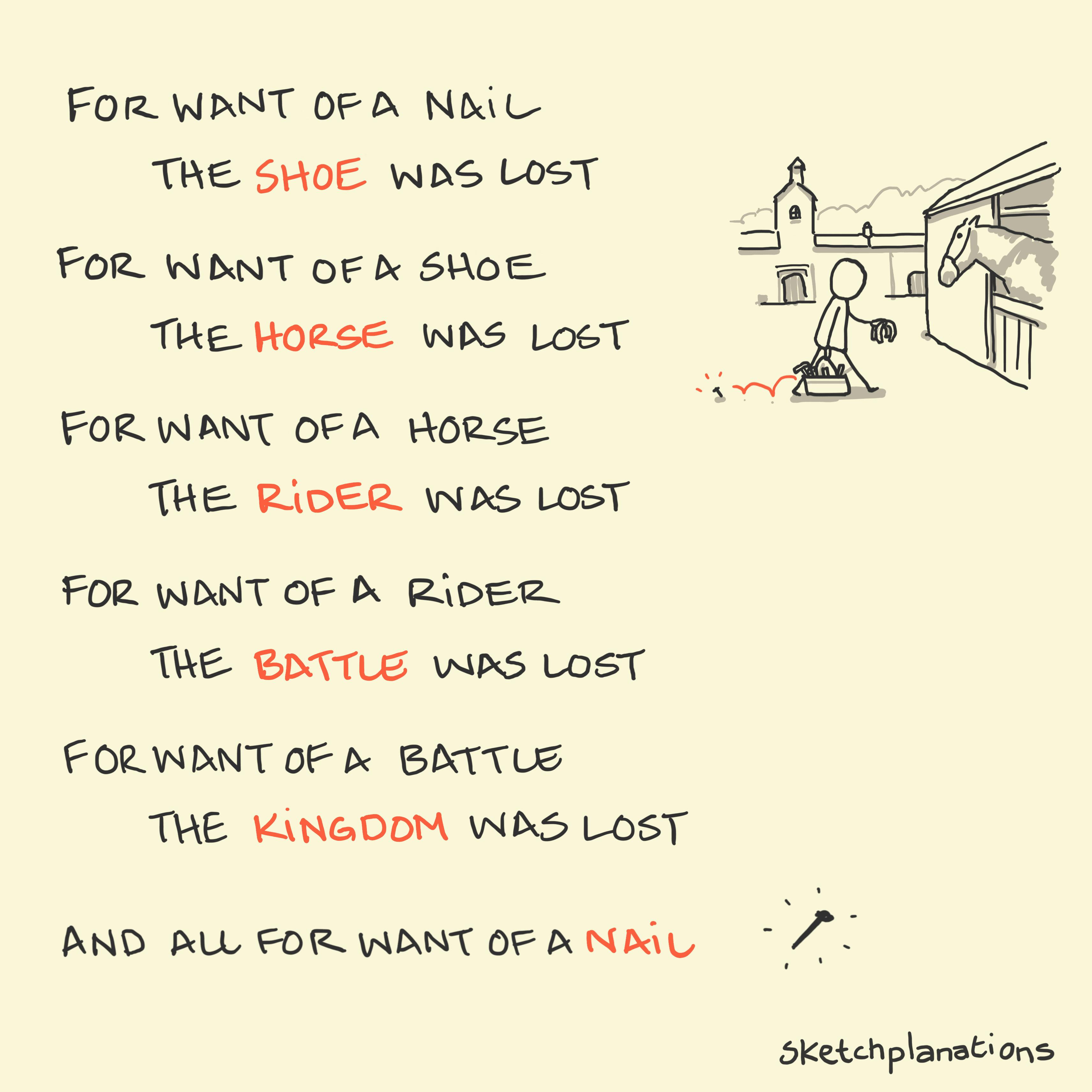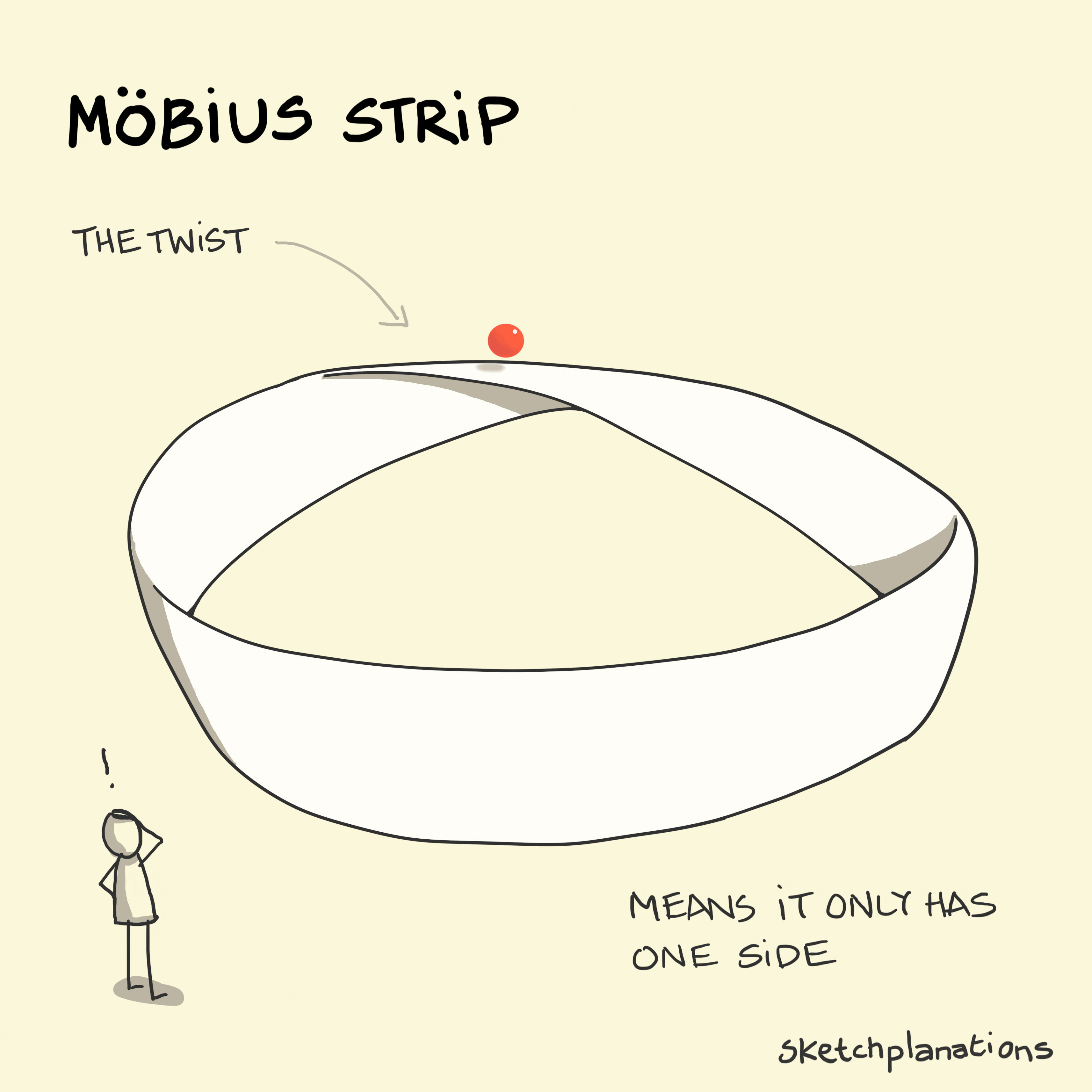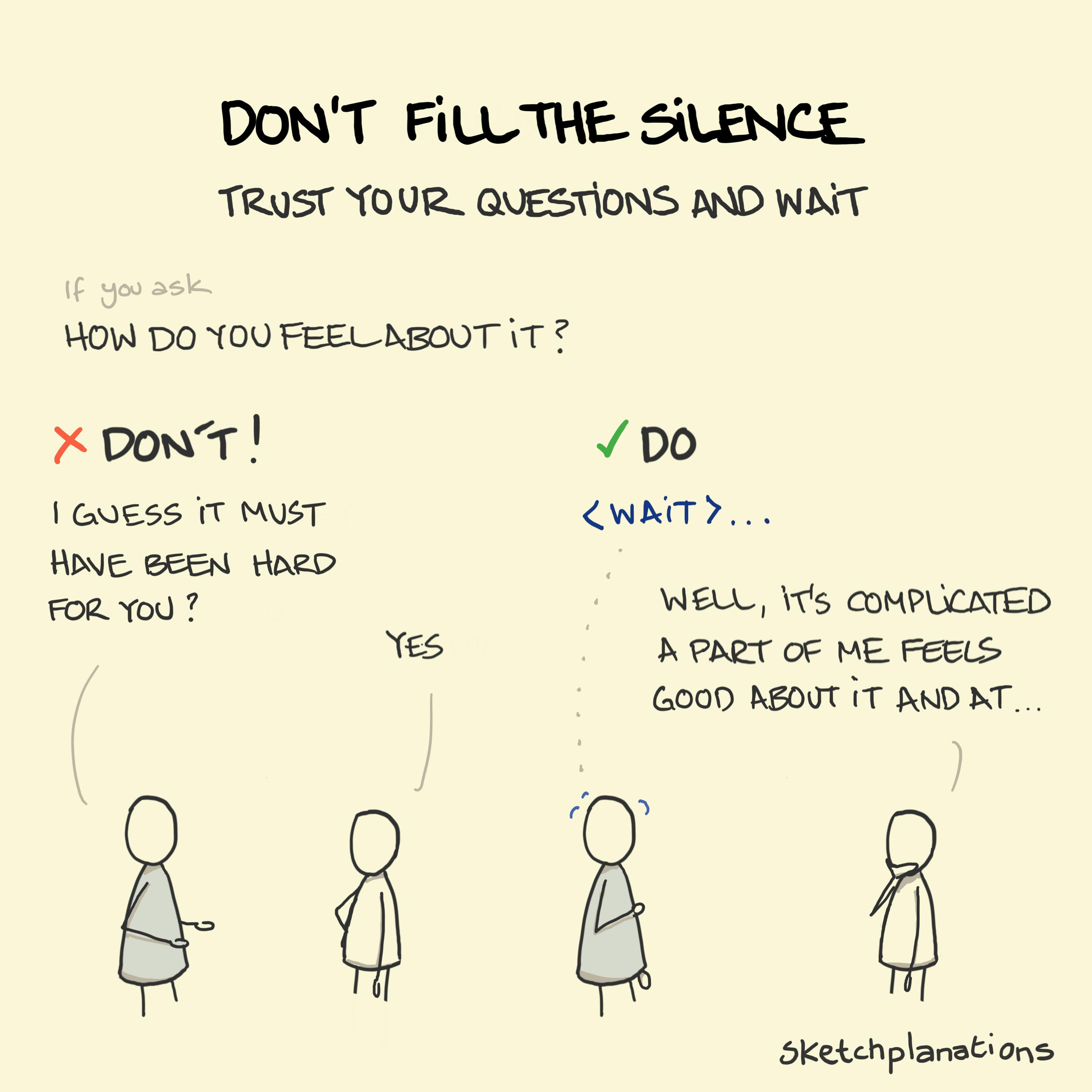
Chesterton's fence
Chesterton's fence put simply is: Don't take a fence down unless you know why it was put up. It is tempting, in a spirit of progress, to want to do away with old designs, laws, policies, or institutions that no longer help. To think, perhaps, that the people that made them weren't maybe as smart as we are, or seeing things in the right way. Yet institutions, policies, or fences, weren't usually made by accident — they require effort and action, even putting up a fence. Chesterton's fence, after GK Chesterton, is a reminder that before we remove the old and perhaps replace it with the new we would do well to at least understand why the original was put in place. Once we understand why the fence was there in the first place if we still think it's of no use, then by all means pull it down. Read more on Chesterton's fence, including its origins.…Chesterton's fence put simply is: Don't take a fence down unless you know why it was put up. It is tempting, in a spirit of progress, to want to do away with old designs, laws, policies, or institutions that no longer help. To think, perhaps, that the people that made them weren't maybe as smart as we are, or seeing things in the right way. Yet institutions, policies, or fences, weren't usually made by accident — they require effort and action, even putting up a fence. Chesterton's fence, after GK Chesterton, is a reminder that before we remove the old and perhaps replace it with the new we would do well to at least understand why the original was put in place. Once we understand why the fence was there in the first place if we still think it's of no use, then by all means pull it down. Read more on Chesterton's fence, including its origins.WWW…
Read more…

